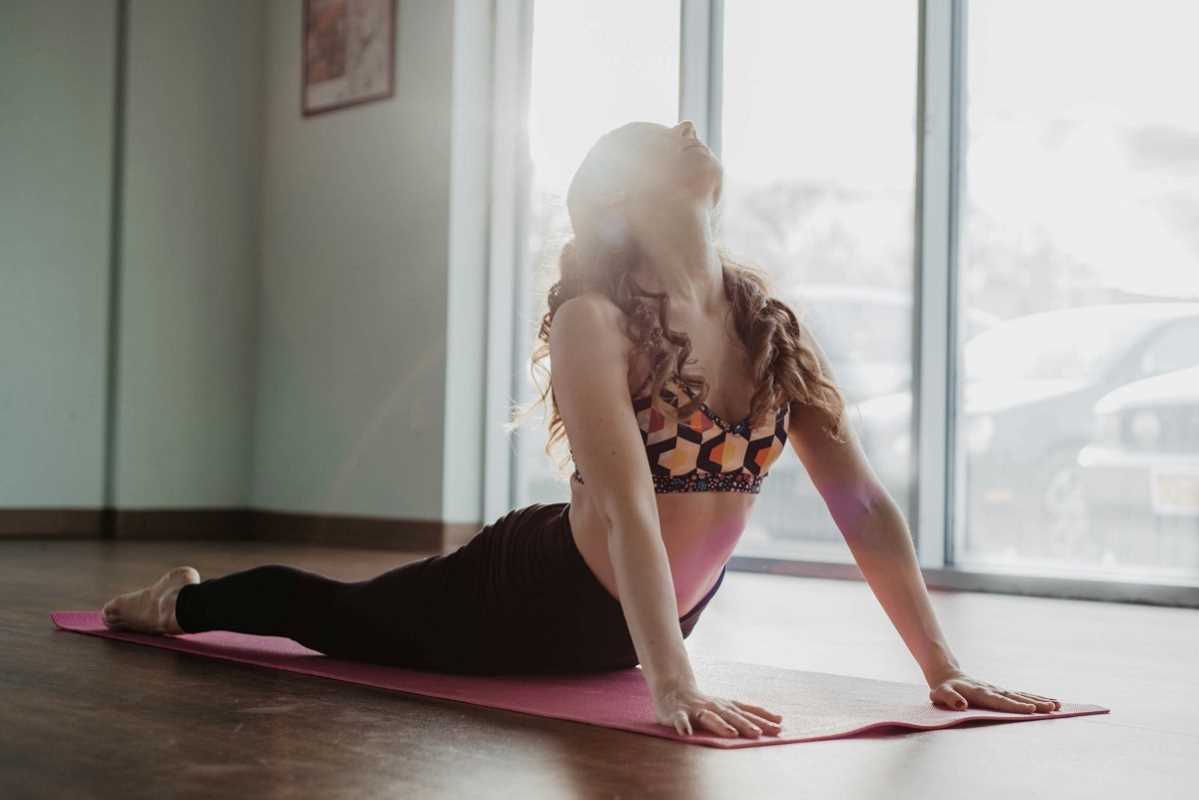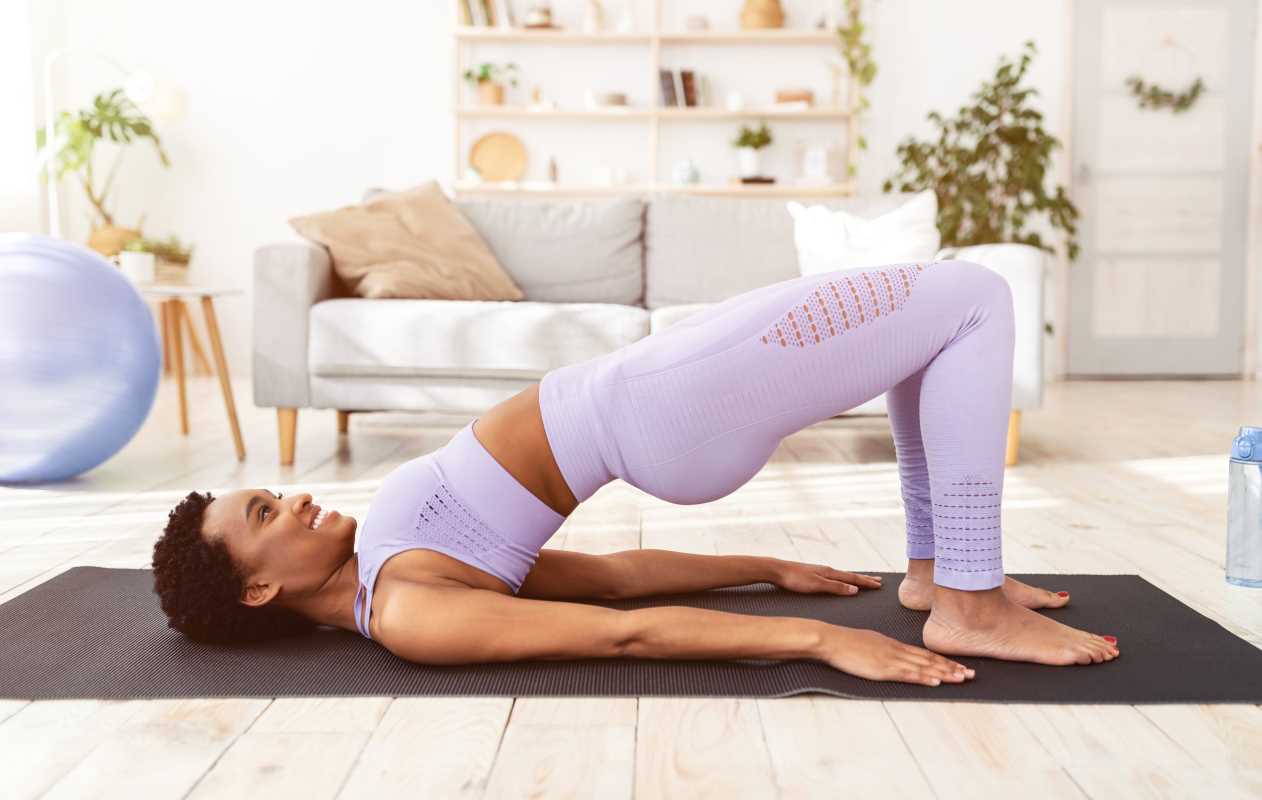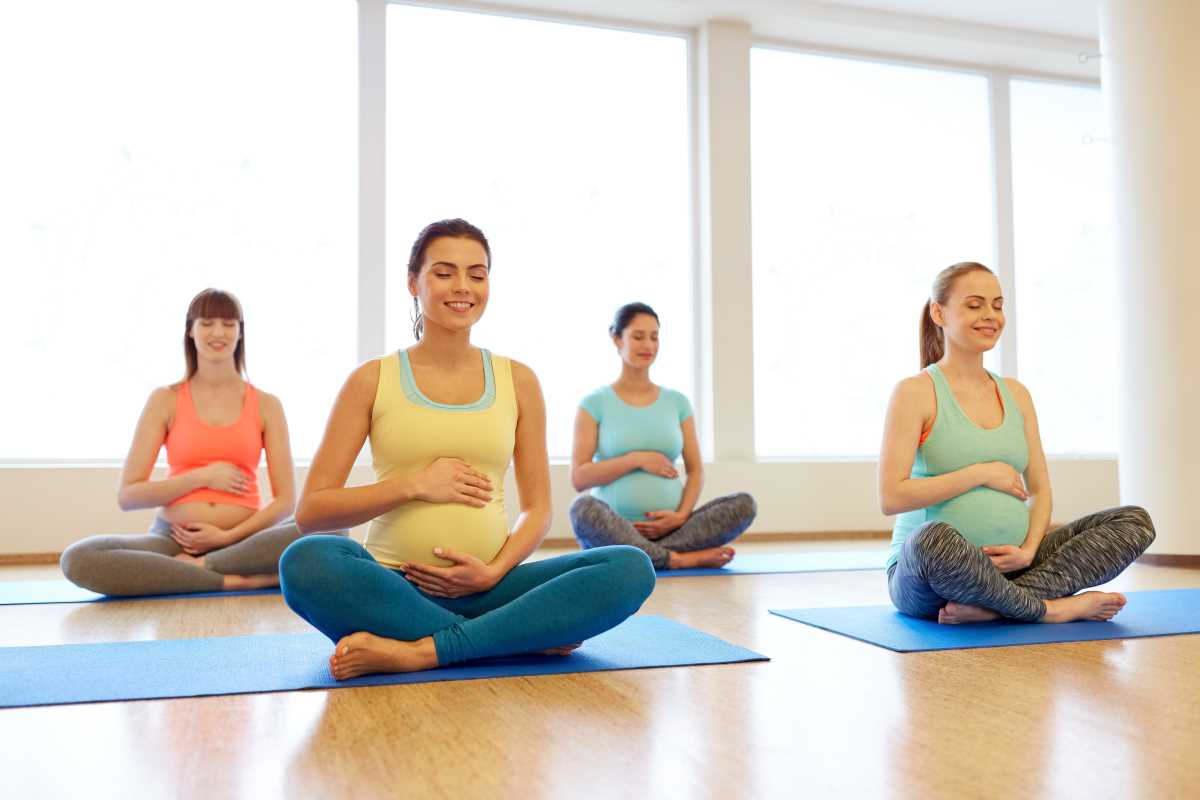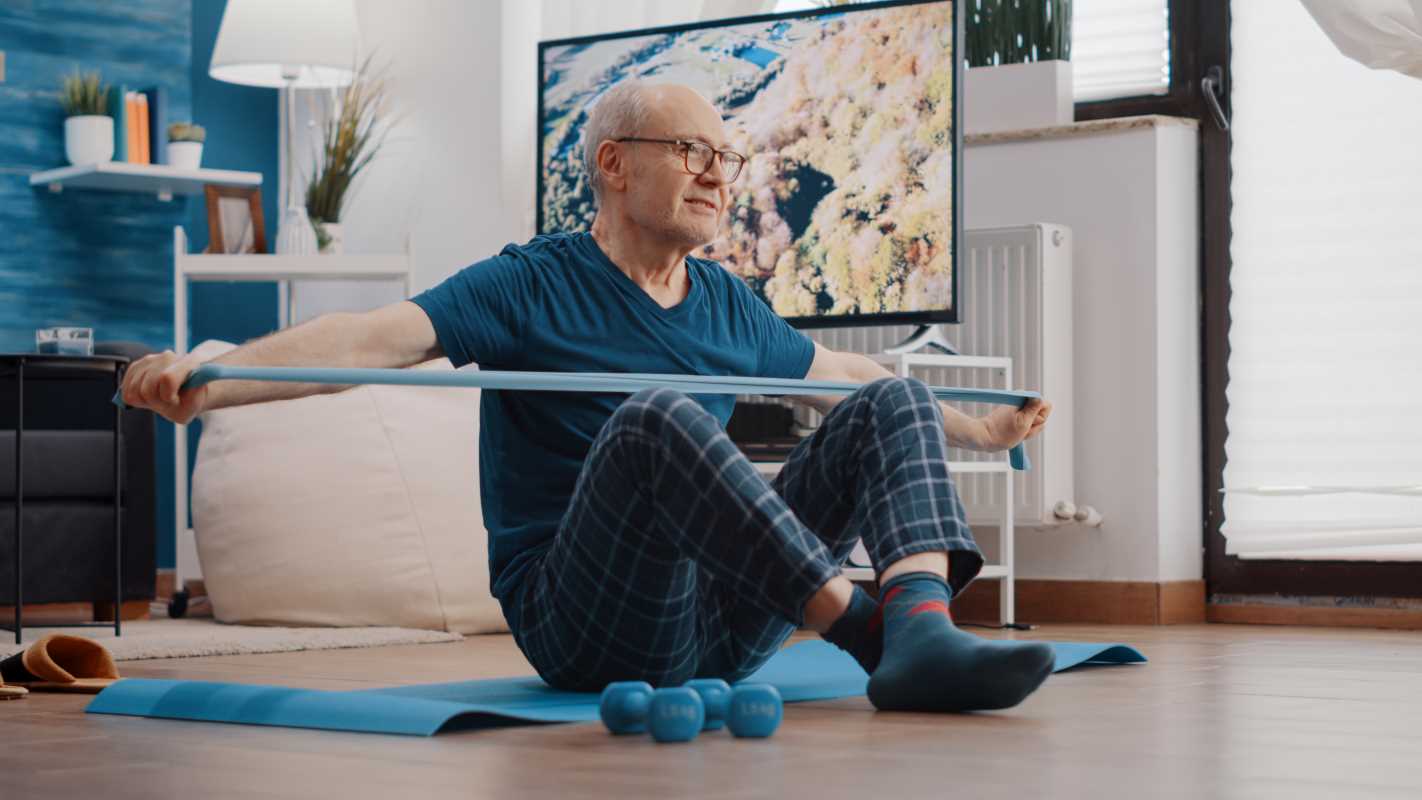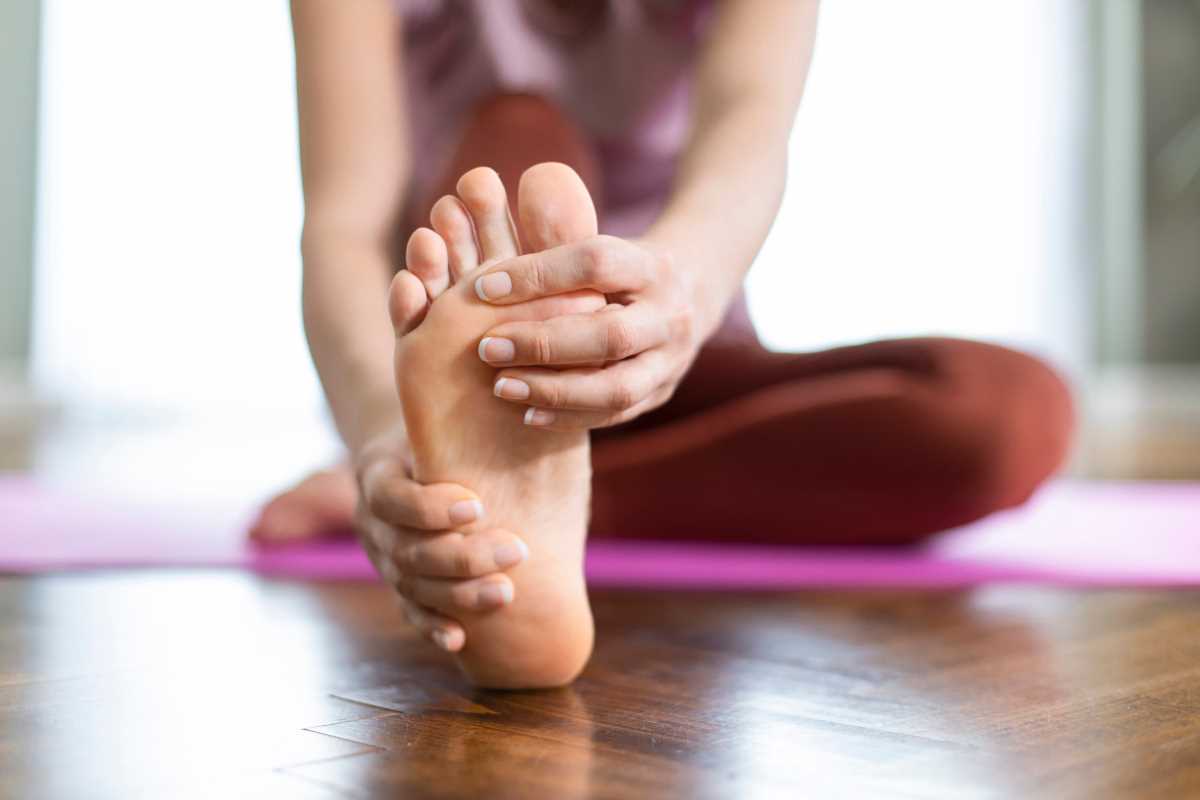Living with lupus often means waking up with muscle stiffness, aching joints, and limited flexibility. Morning stiffness can make it harder to start the day, but the right stretching routine can provide relief. Regular stretching loosens tight muscles, improves circulation, and alleviates joint pain, providing you with more mobility and less discomfort. For lupus patients, it’s important to adopt stretches that are gentle, low-impact, and tailored to the body’s changing needs. We'll walk through specific morning stretches to combat stiffness, explaining how each movement helps alleviate lupus symptoms and supports overall better function. Morning stretches can become a simple but powerful tool to manage lupus-related discomfort and improve quality of life.
1. Neck Stretches
Neck stiffness is common for lupus patients due to inflammation in the muscles and tendons around the cervical spine. Neck stretches relax these tight areas and improve blood circulation to the upper body.
- Sit or stand with your back straight.
- Gently tilt your head to one side, bringing your ear toward your shoulder.
- Hold for 10 seconds and return to center.
- Repeat on the other side.
- Lower your chin toward your chest, hold for 10 seconds, then look up at the ceiling.
Adding neck stretches to your routine helps reduce tension in the neck and shoulders, making movements feel smoother throughout the day.
2. Shoulder Rolls
Shoulder rolls loosen up stiff shoulders and the upper back, areas that often feel tight due to lupus-related inflammation.
- Sit or stand with your arms relaxed at your sides.
- Slowly roll your shoulders forward in a circular motion 5–10 times.
- Reverse the direction, rolling your shoulders backward for another 5–10 repetitions.
This movement enhances flexibility in the shoulder joints and reduces tension caused by muscle tightness.
3. Wrist Circles
Lupus frequently impacts smaller joints, like those in the wrists and hands. Gentle wrist circles maintain mobility and relieve stiffness in these areas.
- Extend one arm forward with your palm facing down.
- Circle your wrist clockwise 5 times, then counterclockwise 5 times.
- Repeat on the other wrist.
Regular wrist stretches help you maintain hand function, which supports daily activities like writing, typing, or gripping objects.
4. Cat-Cow Stretch
The cat-cow stretch focuses on the spine and hips, improving flexibility and reducing tension in the back. It’s particularly helpful for those who experience morning back stiffness.
- Begin in a tabletop position on your hands and knees.
- Arch your back by lifting your head and tailbone (cow pose).
- Round your back by tucking your chin to your chest and curling your tailbone under (cat pose).
- Alternate between these two positions for 8–10 repetitions.
This dynamic movement increases spinal flexibility and improves circulation to the entire back.
5. Leg Stretches (Hamstring Stretch)
Hamstrings often feel tight in lupus patients due to joint inflammation and reduced muscle activity. Stretching these muscles provides relief and improves flexibility in the lower body.
- Sit on the edge of your bed or a sturdy chair.
- Extend one leg forward with your heel resting on the floor.
- Keep your back straight and slowly lean forward, reaching for your toes.
- Hold for 10–15 seconds, then switch legs.
Hamstring stretches help reduce lower body stiffness, improving ease of movement during walking or climbing stairs.
6. Seated Spinal Twist
The seated spinal twist gently stretches the spine and surrounding muscles, relieving stiffness and tension in the back.
- Sit on a chair with your feet flat on the ground.
- Place your right hand on your left knee and gently twist your upper body to the left.
- Hold for 10–15 seconds and return to center.
- Repeat on the other side.
This stretch promotes spinal flexibility and alleviates stiffness caused by prolonged periods of inactivity.
7. Ankle Circles
Lupus can cause swelling or stiffness in the ankles. Ankle circles improve circulation and keep the joints mobile, reducing discomfort.
- Sit on the edge of your bed or a chair with your legs hanging down.
- Lift one foot and gently rotate your ankle in a circular motion 10 times in each direction.
- Repeat with the other foot.
Maintaining ankle flexibility helps with overall stability, reducing the risk of tripping or losing balance.
8. Child’s Pose Stretch
Child’s pose is a restorative yoga position that stretches the back, hips, and shoulders and reduces stress and tension.
- Start on your hands and knees, lowering your hips back toward your heels.
- Stretch your arms forward, allowing your forehead to rest on the ground or a pillow.
- Hold the pose for 20–30 seconds, breathing deeply.
This pose gently relaxes the entire body and provides relief for tight muscles affected by lupus.
9. Side Stretch
Side stretches target stiffness in the ribs and torso, helping you breathe more deeply and comfortably.
- Stand with your feet shoulder-width apart.
- Raise your right arm overhead and slowly bend to the left, keeping your hips steady.
- Hold for 10 seconds and return to center.
- Repeat on the other side with your left arm.
Stretching the torso loosens tight side muscles and opens up space around the lungs for deeper, more comfortable breathing.
10. Knee-to-Chest Stretch
This stretch gently releases tension in the lower back and improves flexibility in the hips and knees.
- Lie on your back on a flat surface, such as a yoga mat.
- Hug one knee to your chest and hold for 10–15 seconds, keeping the other leg relaxed.
- Switch legs and repeat.
Including this stretch helps reduce stiffness in the hip and knee joints while improving mobility.
Tips for Safe Stretching
- Perform stretches slowly and gently, avoiding rapid movements that might strain your joints.
- Use props like pillows, yoga blocks, or rolled-up towels for extra support during more challenging stretches.
- Breathe deeply throughout each movement, enhancing relaxation and blood flow.
- Stretch for 5–10 minutes to begin with and gradually increase as your body adjusts.
- Consult your doctor or physical therapist if you’re unsure about specific stretches.
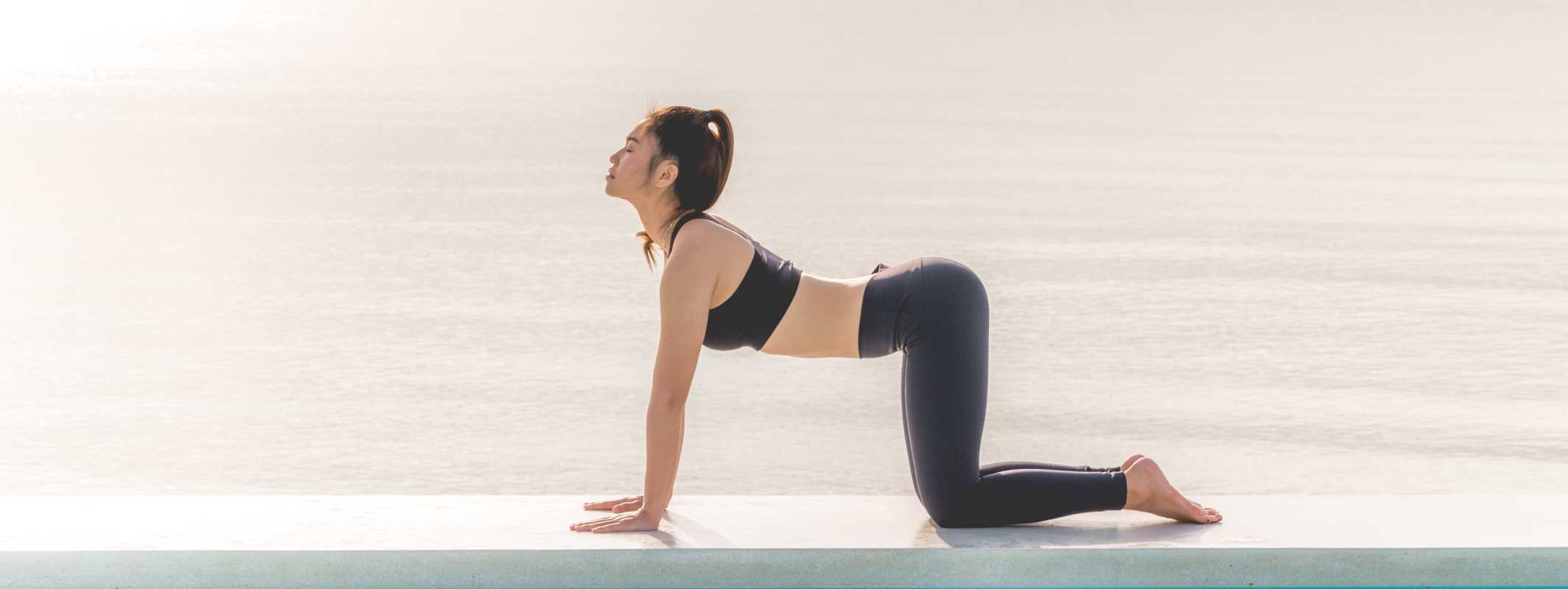 (Image via
(Image via